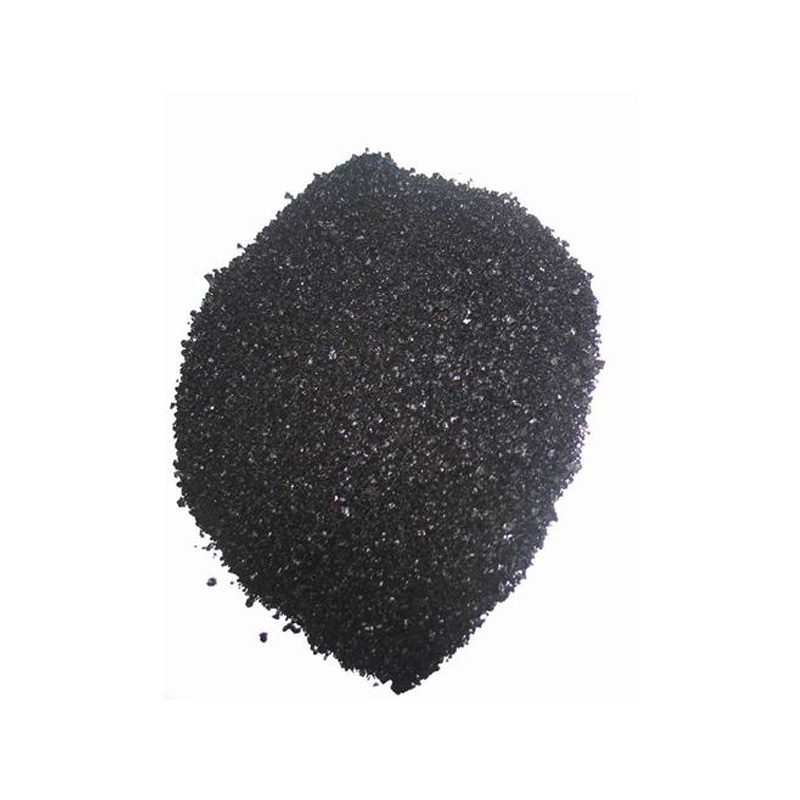Sulphur Dye Production Facility for High-Quality Textile Applications
The Role of Sulphur Dyeing Factories in Modern Textile Industry
In the contemporary textile industry, color is not merely an aesthetic choice; it plays a crucial role in defining brand identity and consumer appeal. Among the various dyeing methods utilized in textile production, sulphur dyeing has emerged as a significant technique, especially in the dyeing of cotton and other cellulose fibers. Sulphur dyes are known for their exceptional lightfastness, wash fastness, and compatibility with various textile materials, making them a preferred choice in many modern dyeing factories.
Understanding Sulphur Dyes
Sulphur dyes are complex organic compounds that are created through the reaction between sulphuric acid and various organic materials. They are typically used to produce deep, uniform colors, particularly shades of black, brown, and khaki. What sets sulphur dyes apart from other dyeing agents is their reduced state, which allows them to dissolve in water. Once applied to the fabric, they are oxidized to form a colorfast dye. This unique property ensures that fabrics retain their colors even after multiple washes and prolonged exposure to sunlight.
Advantages of Sulphur Dyeing
1. Cost-Effectiveness One of the most significant benefits of using sulphur dyes in textile factories is their cost-effectiveness. They are relatively inexpensive compared to other dye types, which translates to lower production costs for manufacturers. This economic advantage has made them particularly popular in regions focused on mass production of textiles.
2. Environmental Considerations Though dyeing processes in general can be environmentally taxing, sulphur dyeing has been viewed as relatively sustainable. Many sulphur dyes can be produced with less harmful chemicals, and waste management systems in modern sulphur dyeing factories are becoming increasingly sophisticated. Efforts to minimize water usage and recycle dye baths are becoming standard practices.
3. Versatility Sulphur dyes can be used on various types of fabrics, though they are most commonly associated with cotton. The ability to mix and match different shades enhances the versatility of these dyes, allowing for a wide range of applications in garment production.
sulphur dyeing factory

The Process of Sulphur Dyeing
The sulphur dyeing process involves several steps. Initially, the fabric is prepared for dyeing, where it is cleaned and sometimes treated to enhance the dye uptake. The dye is then dissolved in water, and the fabric is submerged in this dye solution. During this phase, the reduction agent is added to help keep the sulphur dyes in their soluble form.
Once the dyeing is complete, the fabric undergoes an oxidation phase, which reverts the sulphur compounds into their original form, resulting in a solid bond with the fabric fibers. Finally, excess dye is removed, and the fabric is washed and dried to achieve the desired finish.
Future Trends in Sulphur Dyeing
As the textile industry evolves, so too does the technology and methods employed in sulphur dyeing factories. There is a growing emphasis on innovation, with research into more sustainable practices and the development of new dye formulations that provide vibrant colors and efficient application processes. The integration of digital technologies is also expected to revolutionize the dyeing process, allowing for more precise dye application and reduced waste.
Conclusion
In conclusion, sulphur dyeing factories play an essential role in the textile industry, providing cost-effective, versatile, and environmentally considerate dyeing solutions. With the increasing demand for sustainable practices and innovative technologies, the future of sulphur dyeing looks promising. As manufacturers continue to adapt and evolve, sulphur dyes will undoubtedly remain a crucial component of the colorful fabrics that populate our wardrobes and homes.
-
The Timeless Art of Denim Indigo Dye
NewsJul.01,2025
-
The Rise of Sulfur Dyed Denim
NewsJul.01,2025
-
The Rich Revival of the Best Indigo Dye
NewsJul.01,2025
-
The Enduring Strength of Sulphur Black
NewsJul.01,2025
-
The Ancient Art of Chinese Indigo Dye
NewsJul.01,2025
-
Industry Power of Indigo
NewsJul.01,2025
-
Black Sulfur is Leading the Next Wave
NewsJul.01,2025

Sulphur Black
1.Name: sulphur black; Sulfur Black; Sulphur Black 1;
2.Structure formula:
3.Molecule formula: C6H4N2O5
4.CAS No.: 1326-82-5
5.HS code: 32041911
6.Product specification:Appearance:black phosphorus flakes; black liquid

Bromo Indigo; Vat Bromo-Indigo; C.I.Vat Blue 5
1.Name: Bromo indigo; Vat bromo-indigo; C.I.Vat blue 5;
2.Structure formula:
3.Molecule formula: C16H6Br4N2O2
4.CAS No.: 2475-31-2
5.HS code: 3204151000 6.Major usage and instruction: Be mainly used to dye cotton fabrics.

Indigo Blue Vat Blue
1.Name: indigo blue,vat blue 1,
2.Structure formula:
3.Molecule formula: C16H10N2O2
4.. CAS No.: 482-89-3
5.Molecule weight: 262.62
6.HS code: 3204151000
7.Major usage and instruction: Be mainly used to dye cotton fabrics.

